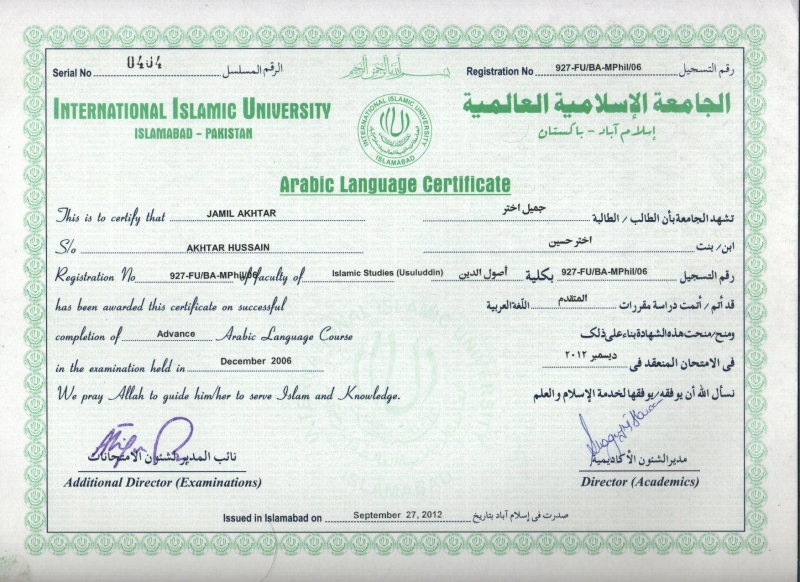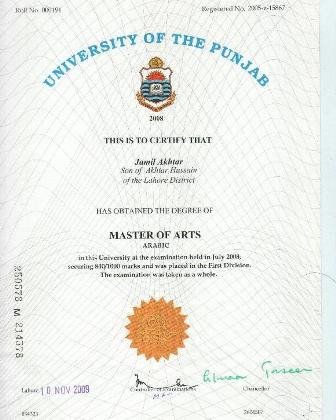Translation Software is Breaking down Business Language Barriers
Can a Translation Machine replace Human Translators?
What do you say about it???
Machine translation is becoming critical to businesses faced with the challenge of providing information to customers, staff and partners in multiple languages and in near real time.
Social media, and the real-time global interaction it provides, could be the global trend that drives the next evolution of machine translation. Businesses are increasingly using platforms such as Facebook and Twitter to communicate with customers and better understand consumer sentiment.
If businesses can enable customers who speak different languages to communicate online with each other and businesses in near real time, the social media opportunity is substantially magnified.
Real-time translation of online conversations and comments will enable businesses to interact with billions of people, rather than millions.
If information is not immediately available to people on corporate websites, however, they will simply click elsewhere.
Breaking the business language barrier
Meanwhile, globalisation and the fact that customers and employees can be in all corners of the world means businesses have to communicate internally and externally in different languages.
As businesses enter new global markets, whether through the traditional bricks and mortar route or online, communicating in the language of the customer has never been more important, according to Daniel Marcu, chief science officer at machine translation company SDL (pictured).
“Global businesses must provide digital content and self-service processes in the language the customer speaks. Without the content being localised, a company risks offering a poor customer experience and eliminates their chances of repeat users. Additionally, it limits entry in some countries or markets altogether,” he said.
"What should not be overlooked, as companies expand globally, is the need to communicate and collaborate internally across languages and cultures," said Marcu.
In a recent survey of more than 5,700 consumers in the US, UK, Australia, France, Italy and Germany, customer engagement systems provider LivePerson found that 71% expect assistance within five minutes when on a company’s website. If they don’t receive it, 48% will abandon the site.
“In a traditional translation framework, it can be difficult to deliver global content to meet these expectations, said Marcu.
Social media also means consumers pay attention to what their friends and peers are saying. If businesses cannot follow and get involved in these conversations, they will miss out on opportunities.
The future of machine translations
Marcu has been at the heart of developments in machine translations since the late 1990s, when he was an associate professor of computer science at the University of Southern California.
In the early 1990s, a group of IBM researchers were working on machine translations. They were ahead of their time, said Marcu, and the group’s work on predictive analytics software was noticed by the finance sector and a hedge fund poached the researchers.
The machine translation research ground to a halt until, in the late 1990s, Kevin Knight at the University of Southern California reinvigorated the research. The group of researchers received funding from US defence agency Defense Advanced Research Projects Agency (Darpa), and a company known as Language Weaver was launched by Knight and Marcu in 2002.
In 2010, Language Weaver was acquired by SDL.
Marcu said governments were the first major customers for Language Weaver because they wanted to process large volumes of data in different languages. This was fuelled by the 9/11 attacks on New York in 2001, when governments wanted to be able to translate online conversations in the face of perceived terrorist threats.
As the technology matured, the company expanded into new markets, and online communication has created a global community that wants to constantly communicate in real time.
There are two types of automated translation systems: rule-based systems and statistical systems.
Rule-based systems use a combination of language and grammar rules, plus dictionaries for common words to generate a translation.
Statistical systems learn rules automatically by analysing large amounts of data for each language combination. These systems can be trained for specific industries or companies.
Trends such as globalisation, social media and online collaboration are driving the next round of machine translation developments.
Marcu said work is being done to enable translation software to have notions of syntax and be able to analyse blocks of text rather than looking at sentences in isolation.
There will also be developments in developing software to translate languages where there is not a lot of previously translated text to put in machine translation databases. These languages, known as low-density language, include Mandarin Chinese. High-density languages, in contrast, include English and Spanish. Today, machine translations rely on huge databases of previously translated texts.
“In 20 years’ time, learning a language will be for passion, not business,” said Marcu, referring to a future where businesses will use software to communicate with customers and colleagues who speak different languages.
While the translation of documents such as legal and financial statements are a long way off, simple communication between consumers and businesses in different languages is on the horizon, he said: “People will be able to get by without speaking a different language because the devices they carry will enable communication between different languages."
Companies leading translation technology development include Google, Microsoft and SDL. As an enterprise translation company, SDL boasts 46 of the world’s top 50 companies as customers.
Marcu believes businesses will always need perfect translations that only humans are capable of, but says the core challenge for businesses over the next five to ten years is in using technology to deliver information to customers, staff and partners in multiple languages and in near real time.
www.translationdirectory.pk
trdr.pk@gmail.com

 Islamabad Translation Center
Islamabad Translation Center Lahore Translation Center - Pakistan
Lahore Translation Center - Pakistan  Arabic Language Professional Certificate Issued by Government of Pakistan
Arabic Language Professional Certificate Issued by Government of Pakistan Arabic Degree ((MA)) Issued By Punjab University Government of Pakistan
Arabic Degree ((MA)) Issued By Punjab University Government of Pakistan English Language Professional Certificate Issued by Government of Pakistan
English Language Professional Certificate Issued by Government of Pakistan